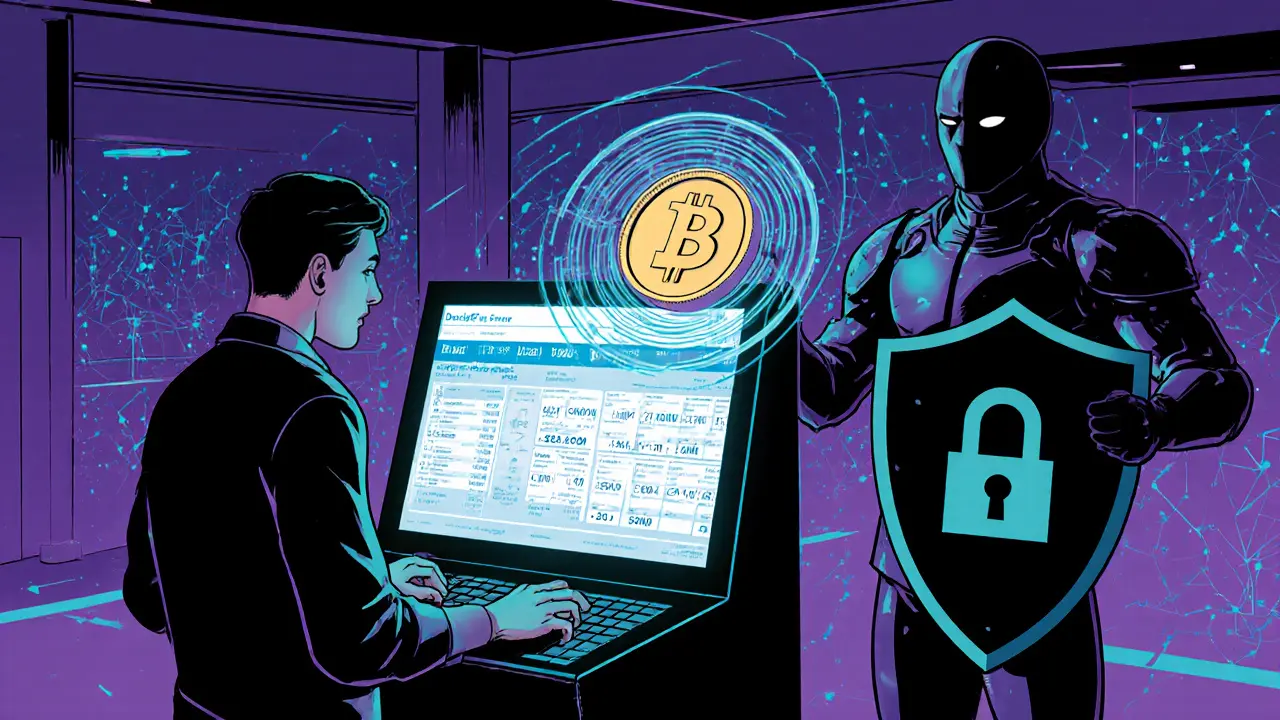How Exchanges Prevent Double-Spending Attacks
- Brandon Keys
- 11 10 2025 Crypto Security
Learn how cryptocurrency exchanges stop double‑spending attacks with confirmations, consensus mechanisms, and real‑time monitoring.
When working with transaction confirmations, the process that tells you a blockchain transaction is final and cannot be rolled back. Also known as confirms, it depends on how quickly new blocks are added and how the network reaches consensus. Block time is the average interval between blocks on a chain directly sets the baseline speed for confirmations. Scaling solutions like Lightning, rollups, or sidechains aim to speed up confirmations without sacrificing security are the tools traders use to shave seconds off waiting periods. Finally, the consensus mechanism rules how nodes agree on the next block determines how many confirmations are considered safe for a given transaction. In short, transaction confirmations encompass block time, scaling solutions, and consensus rules – three pieces that together define how fast and how reliable your crypto moves are.
First, block time sets a hard floor. Bitcoin’s 10‑minute block time means a single confirmation can take up to ten minutes, while Ethereum’s ~12‑second blocks let you see a confirm in seconds. That difference explains why DeFi users prefer chains with short block times – they need rapid feedback for trades and arbitrage. Second, scaling solutions act like shortcuts. Lightning Network lets you settle off‑chain and only post a final settlement transaction after many micro‑payments, effectively reducing the number of on‑chain confirms you wait for. Rollups on Optimism or Arbitrum bundle many transactions into one batch, so a single confirm secures dozens of trades. Third, the consensus mechanism influences how many confirmations are needed for safety. Proof‑of‑Work chains often recommend 6‑12 confirmations for high‑value moves, while Proof‑of‑Stake networks may trust just 1‑2 because their finality is built‑in. Understanding these three elements helps you decide whether to wait for more confirms or rely on a scaling layer for quicker finality.
Beyond the technical side, real‑world usage shapes what counts as a "good" confirmation count. Exchanges usually require a set number of confirms before crediting deposits – a rule born from past double‑spend attacks. Wallet apps might show a pending state until they see two or three confirms, balancing speed with safety. Developers building smart contracts also embed confirm checks, like waiting for 3 blocks before releasing funds, to avoid reentrancy attacks. All these practices tie back to the core idea that transaction confirmations are the security handshake between users, applications, and the blockchain. Below you’ll find a mix of deep‑dive articles, step‑by‑step guides, and security reviews that explore each of these angles in detail, so you can pick the right strategy for your next trade or project.

Learn how cryptocurrency exchanges stop double‑spending attacks with confirmations, consensus mechanisms, and real‑time monitoring.